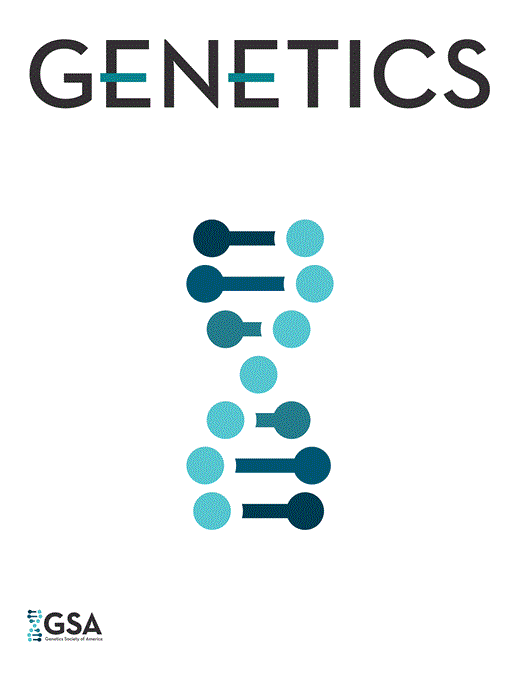-
PDF
- Split View
-
Views
-
Cite
Cite
Patricia M Schulte, Marta Gómez-Chiarri, Dennis A Powers, Structural and Functional Differences in the Promoter and 5′ Flanking Region of Ldh-B Within and Between Populations of the Teleost Fundulus heteroclitus, Genetics, Volume 145, Issue 3, 1 March 1997, Pages 759–769, https://doi.org/10.1093/genetics/145.3.759
Close - Share Icon Share
We have investigated the mechanisms underlying differences in the transcriptional regulation of lactate dehydrogenase-B (Ldh-B) between northern and southern populations of a teleost fish, Fundulus heteroclitus. A 1-kb region immediately 5′ of the gene was sequenced from populations throughout the species range. There were two major allele classes in the sample, one containing alleles from Maine and another containing those from Florida. Populations from intermediate localities contained both allele classes. Some individuals from Georgia had sequences intermediate between the two classes, representing either ancestral alleles or recombinants. Tests of neutrality were applied to determine whether observed variation was consistent with neutral expectations. Significant deviations from neutral expectations were detected for the 5′ flanking region, but not for other loci. The functional consequences of flanking sequence variation were assessed by transfection of reporter gene constructs into cultured cells and injection into living fish. Consistent with observed variation in Ldh-B transcription rate between populations, significant differences in reporter gene activity were driven by flanking regions from northern and southern populations both in cell culture and in vivo. This functional differentiation, coupled with departures from neutral expectations, suggests that selection may have acted on the regulation of Ldh-B in F. heteroclitus.
Communicating editor: W. F. Eanes



